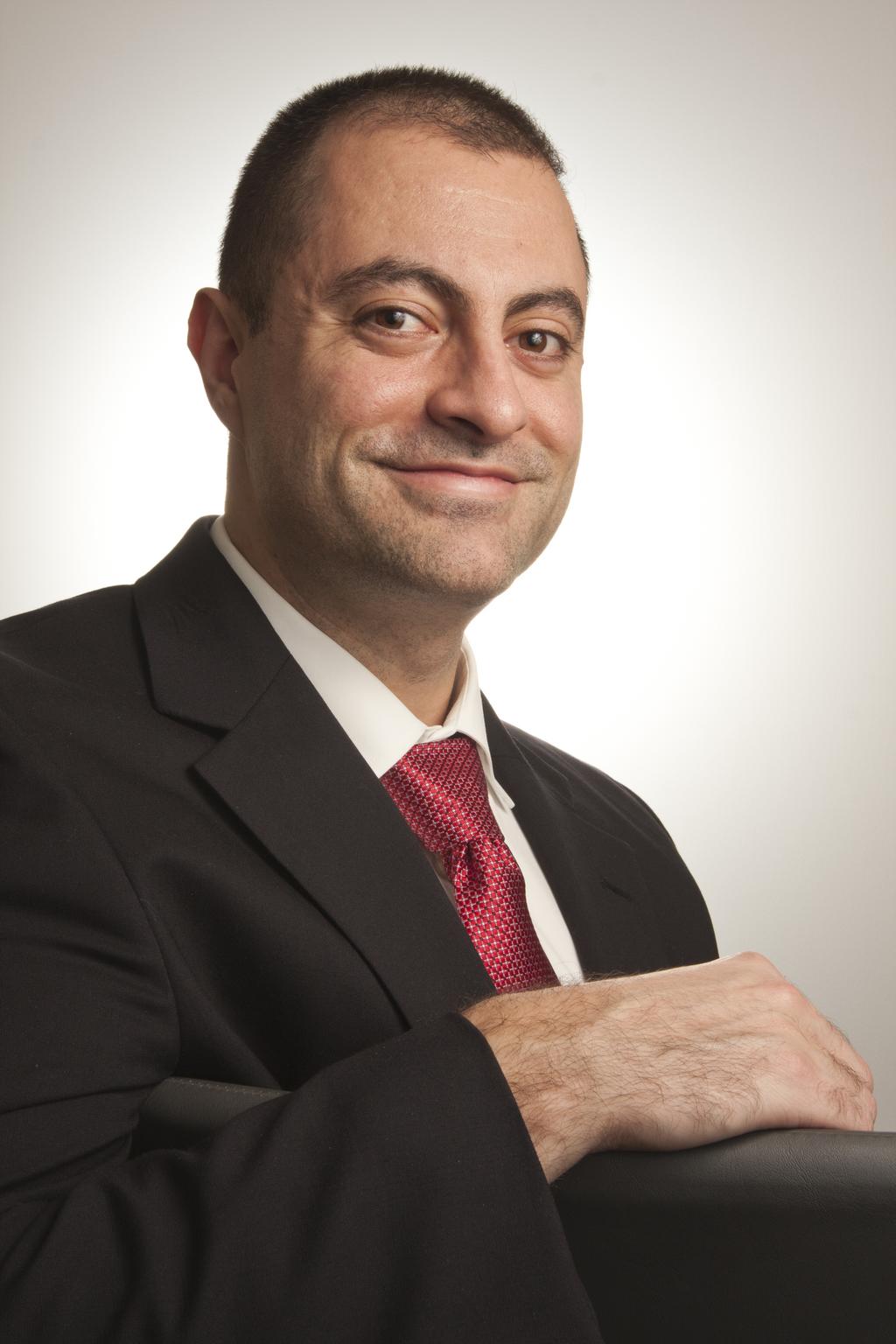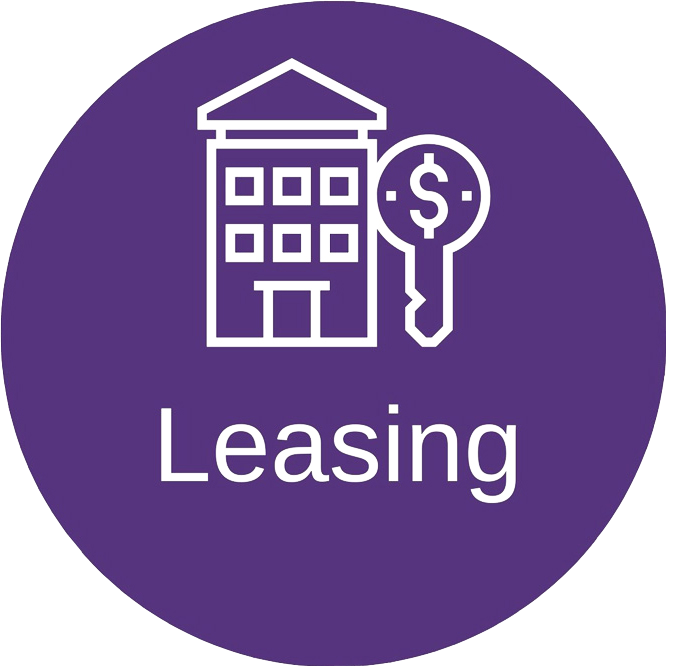
The year in Silicon Valley real estate: Google grows, Vallco sells, industrial booms
The year in Silicon Valley real estate: Google grows, Vallco sells, industrial booms
- Nathan Donato-Weinstein
- Real Estate Reporter-Silicon Valley Business Journal
- Email | Twitter
Dear Google,
Thank you for giving me plenty to write about over the last 12 months.
Seriously, folks — when it came time to compile some of the more important stories of the last year (a common practice in slow-news December), I knew “the Google effect” would rank at No 1.
But that wasn’t the only story that got our attention this year. Silicon Valley’s tech economy continued to hum along in 2014, propelling development and leasing activity and giving real estate writers plenty to cover.
Beyond individual deals, though, a few larger storylines stuck out: Yes, Google dominated. But spec projects gained steam, brokerages changed hands, vacancy rates tightened, and foreign money started flowing in.
I’ve collected some of the stories and trends that strike me as particularly significant in the last 12 months. It’s certainly not comprehensive, nor ranked in any particular order, so let me know what I left out with an email or in the comments.
Also, let me know what you’d like to see more of — or less of — in 2015. And thanks for reading.
Google’s jaw-dropping growth
Is it ever going to stop? That was one question on real estate observers’ lips this year as Google inked deals that saw the search-and-advertising giant swell its Bay Area property portfolio to roughly 12 million square feet — not including a huge Sunnyvale campus that hasn’t been built yet. The deals make Google, in this reporter’s opinion, the story of 2014 — both for the window it shines into the company’s jaw-dropping business ambitions, and for its impact on the broader real estate market.
Sure, there were small deals in and around Mountain View (mostly purchases of older R&D product). But a few transactions dominate: In May, Google paid $250 million ($625 per square foot) for a Deutsche Bank redevelopment site at 700 Middlefield Drive in Mountain View. The same month, Google leased the old Palm Inc. campus in Sunnyvale from HP. In July, it dropped about $100 million for Boston Properties’ Mountain View Technology Park. October saw Google snag the old Juniper headquarters and the draw-dropping news thatGoogle was buying most of Pacific Shores in Redwood City for $585 million. And the blockbuster of them all: Leasing Moffett Place, Jay Paul’s 1.9 million square foot office park under construction in Sunnyvale. We think this may be the largest single office lease ever signed.
And, oh yeah, Google sealed its deal to lease Moffett Federal Airfield.
There was also the stealthy assemblage in Sunnyvale by CBRE Global Investors, which may or may not be some kind of secret Google project. Who knows.
It will be interesting to see whether Google’s deal-making activity slows down in 2015, and I suspect the next year will be all about Google’s execution. How fast does Google intend to occupy the space? Will Google’s plans for its 2013 push into Palo Alto finally be revealed? Will this be the year that Google starts up on one of its ground-up development sites? (I think the answer on that last question is yes. But I don’t think we’ll see a serious occupancy in Redwood City for a while.)
I’ll also have my eye on city planning policies. We’re watching to see whether Google starts the process to redevelop more densely its current holdings in Mountain View’s North Bayshore district, which finally has a new “precise plan.” And if the new Mountain View city council follows through and allows housing there, the next question is where it will go. Expect Google to be very interested in any discussion on this topic.
Long term, I’ll be watching to see how Google tries to integrate its various neighborhoods — North Bayshore and Sunnyvale of course, but also its concentrations in Mountain View south of Highway 101, plus Palo Alto and Redwood City — to create a cohesive ecosystem of transit, housing and amenities.
Apple’s spaceship revs engines
I’ll admit, I was maybe a bit skeptical about Apple Campus 2. The project is so expensiveand so — well, round — I wondered in 2013, was Apple really going to build this thing?
But 2014 gave us the answer: You betcha.
And from the monthly YouTube drone flyovers, the project is racing along.
I profiled the construction effort in January, back when giant excavators were still turning buildings into piles of chewed up metal. Today the main building’s ring-shaped outline is clearly visible in the flyover videos, even though the structure hasn’t yet started going vertical. To get a sense of the scale, point your Google Earth (sorry, Apple — er, Apple Maps) to Pruneridge Avenue, and gawk at how massive the site is. I mean, you could fit at least four empty Vallco Shopping Centers in there.
Despite the project’s progress, Apple is still leasing space in the area, especially Sunnyvale. So while questions remain about whether Apple will vacate leased space once the campus is built in late 2016, so far the company isn’t slowing down.
This coming year, we’ll be watching to see how much labor supply the spaceship swallows up in an already tight market as work ramps up — something that could compress margins for other developers working on projects. We’ll also be watching those drone videos (keep ’em coming) for tidbits on Apple’s construction methods. (We’d love to know who will supply Apple’s solar panels — which will make the project perhaps the largest single-building private solar generator in the country.)
Industrial booms
It was a good year to be an industrial broker or developer in Silicon Valley. After years of virtually no additional building, several projects came online and had absolutely no problem finding tenants. Notable deals included Amazon leasing Conor Commercial’s huge Newark distribution center( now owned by Met Life) and Overton Moore‘s spec warehouse project in Fremont leasing to a number of tenants, including Apple.
There were also land deals that will soon sprout new developments, such as Panattoni Development’s 16-acre buy in south San Jose. Still, the activity comes after years and years of industrial-to-residential conversions that depleted a significant portion of the area’s industrial building base.
Against this backdrop, we profiled the emerging manufacturing and assembly hub surrounding Tesla Motors Inc. in August — and it’s something we’ll keep following in 2015.
Cornish & Carey, Cassidy Turley sell
January saw legendary Santa Clara-based brokerage Cornish & Carey Commercial agree to sell to New York-based BGC Partners. The deal closed in August, and the next month, another brokerage with a major presence here, Cassidy Turley, said it would sell to DTZ.
Both deals show the continued trend of consolidation in the industry, as firms try to add more and more services to their ever-expanding “platforms.”
Still, amidst all the acquisitions, smaller firms are also growing. Avison Young, Kidder Mathews and Lee & Associates are expanding in the Bay Area.
Downtown San Jose heats up
San Jose’s central business district has been “on the verge” of getting hot for years. But it seems like this time it’s for real. While there were no truly monster-sized deals, there were asmattering of tech leases and two good-sized leases at the long-vacant Riverpark II office tower.
That building, at 300 Park Ave., now has lights on at night — and it’s amazing how much more vibrant that simple change makes the intersection of Park Avenue and Almaden Boulevard feel at dusk.
The district still has sizable vacancy, but rents are trending up and there’s finally talk, here and there, of some new office construction. (Though how real it is remains to be seen.)
What’s obvious: Next year will see more housing get built, as a Chinese developer starts work on Silvery Towers, which could add up to 600 condo units. We also hear that 160 W. Santa Clara St., which includes a fully entitled residential tower, is getting a lot of interest from potential buyers.
We’ll get a good indication in the coming year of the district’s desirability as two major apartment projects start leasing. Those are the Building Investment Trust’s Centerra andEssex Property Trust’s One South Market. We’ll be keeping a close eye on rents.
Developer fees for affordable housing rise as concerns grow over housing costs
Silicon Valley’s housing crisis became a huge topic in 2014, as apartment rents reached record levels and for-sale prices lofted out of reach of the middle class. Against this backdrop, city after Silicon Valley city imposed or raised fees on new development this year to help fund affordable-housing projects.
Most of those fees were on new residential construction, but cities are also exploring fees on commercial development as well.
Even proponents don’t expect the fees will solve the problem of housing affordability, but they say they’re necessary for adding at least some supply of income-restricted housing to the area.
Still, 2015 could see litigation target the legal basis of such fees — so-called “nexus” studies that find a link between new development and the demand for affordable housing. That possibility is looking more likely after the largest city in the region, San Jose, passed new fees in November.
Irvine Company’s ambitions grow
Irvine Company continued to put its stamp on Silicon Valley — particularly in Santa Clara — this year as the Newport Beach developer added to its holdings and executed on long-percolating development plans. Irvine added tenants to its two huge office campuses — Santa Clara Gateway and Santa Clara Square — while bringing more apartment units to market in San Jose. With more projects and acquisitions in the works, Irvine shows no sign of slowing down.
Catch up on Irvine news here, here and here.
EOP sells to Hudson Pacific
It’s still not a done deal, but news this month that Blackstone was selling (most of) its Bay Area portfolio to Hudson Pacific took many observers by surprise. The transaction makes publicly traded REIT Hudson a major player here, while taking off the table a source of growth for other investors, who had been biting off EOP’s holdings piecemeal.
The cool thing about Hudson’s acquisition is that, since it’s a public company, we should be able to track the portfolio’s lease-up pretty closely through the company’s quarterly filings.
Our interview with Hudson’s CEO is here; more stories on the deal are here.
The pull of San Francisco
One of the big conversations this year was the incredible success of San Francisco developers in landing tech tenants. As my colleague Cory Weinberg wrote this week, six of the seven major office buildings in San Francisco expected to open at the end of next year are all pre-leased, including 350 Mission St. (Salesforce), 333 Brannan St. (Dropbox) and 222 Second St. (LinkedIn), according to Cushman & Wakefield. National publications have run stories about Silicon Valley “invading” San Francisco and “bypassing” the South Bay.
The jury’s out on whether this will be a problem for Silicon Valley landlords, but many observers aren’t sweating it. LinkedIn isn’t slowing its roll down here, even though it’s doing big deals in San Francisco, too. Also, the city’s increasingly anti-development sentiment could start to put the brakes on continued momentum there.
Spec starts up
A number of office projects got started this year without tenants in tow — many in recent months. That included Spear Street Capital at Stadium Techcenter, Legacy Partners’ Legacy on 101, and Jay Paul with Moffett Place and Moffett Gateway. Hunter/Storm LLC is also starting up on the first phase of Coleman Highline. Wilson Meany says it is starting work on the first office building at Bay Meadows in San Mateo. And Federal Realty is getting into the act too, at Santana Row.
Still, the market is not being flooded with new product, and a lot of the projects are spoken for. (Google took down Moffett Place, and no one expects Moffett Gateway to be unsigned for long). The existing supply of vacant spec space is also being depleted; the Sobrato Organization leased Lawson Lane campus in Santa Clara to ServiceNow, and market chatter has Aruba Networks taking at least 250,000 square feet of Menlo Equities’ Scott Boulevard campus, also in Santa Clara. (Aruba told me earlier this week that no deal is signed there, and the company is still assessing its options.)
We’ll be watching to see whether some of the other fully entitled office projects line up financing and pull the trigger this year, such as Ellis Partners’ 101 Tech and Lowe Enterprises’ N1 campuses in San Jose.
Redwood City booms
Just about every Silicon Valley city’s downtown is doing really well right now — a reflection of the strength of urban environments in attracting people and companies. But Redwood City’s was really the one to watch this year. Dense housing was already going full-bore in the city when Kilroy Realty Corp. and Hunter/Storm leased up Crossing/900 to Box Inc. in September. Then so many office developers submitted applications for new projects that the city hit a cap on office years before it expected. Walk around the downtown today, and it’s full of hip restaurants and startups, a big change from just a few years ago when the phrase “downtown Redwood City” wasn’t necessarily a selling point.
The momentum didn’t happen by accident. The city passed a downtown plan a few years ago, sought a developer for the (formerly city-owned) Crossing/900 site and streamlined permitting for the downtown.
Peter Pau finally gets hold of Vallco
It’s been no secret that veteran Bay Area developer Peter Pau has long coveted Cupertino’s long struggling Vallco Shopping Mall. But the challenges to assembling the entire center were immense, not least because of the multiple ownership involved.
But he (and his financial partners) did it in 2014, paying at least $316 million just for the property that will eventually be torn down.
Now the hard work starts of getting approvals to redevelop the dated center into a bustling mixed-use village. One hurdle was cleared in recent weeks, with the city allocating a sizable amount of new office capacity to Vallco’s neighborhood. But citizens in Cupertino often fight new development. Expect plenty of public meetings on this one.
We first explored the mall’s troubles in depth earlier this year, tracked the deals that brought the mall site together this winter, and profiled Pau after all was said and done.




